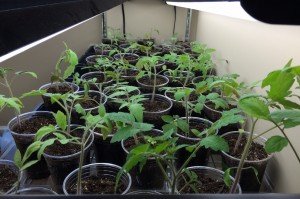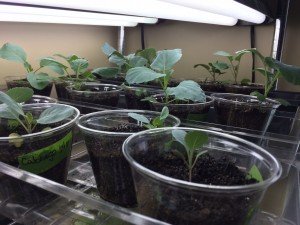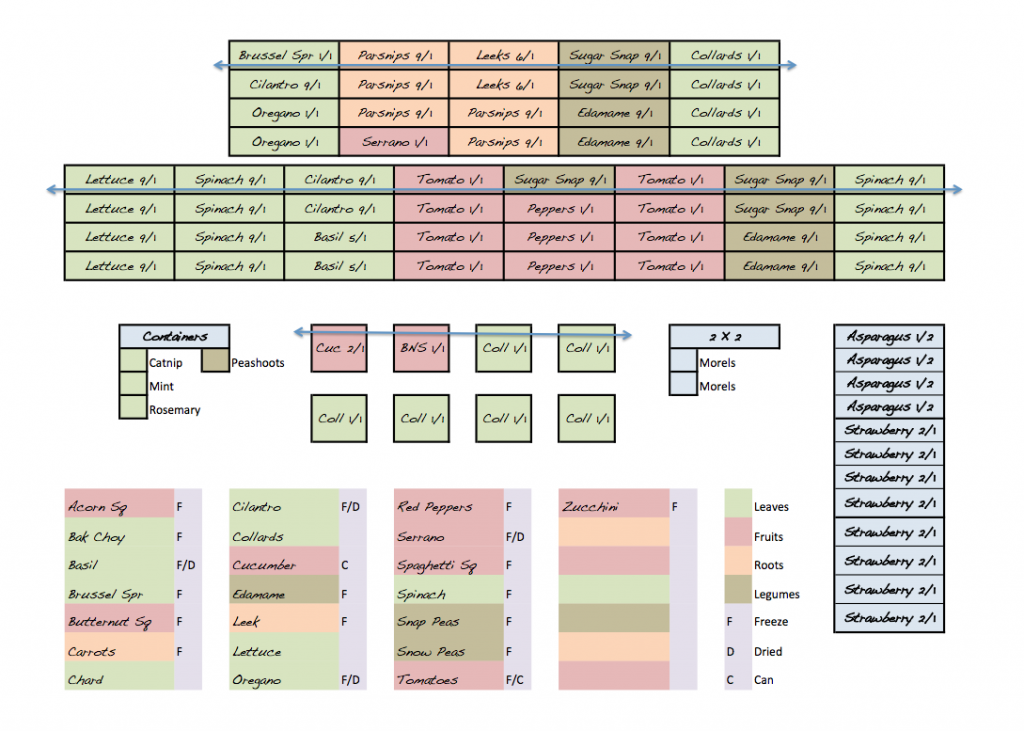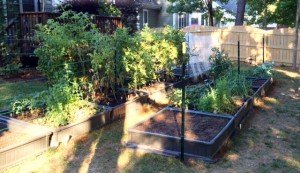Spring is a yearly invitation t0 new beginnings, and an annual reminder of age-old renewal. It is the time of year that I am certain Khalil Gibran wrote the words "And forget not that the earth delights to feel your bare feet, and the winds long to play with your hair."
But sometimes, life gets in the way.
Although life has gotten in the way for much of the past 3 years, permaculture additions over that time allow me to participate in this year's rebirth.
Last fall, thornless blackberries and raspberries were added, along with the fabled pawpaw tree and dwarf peaches. The pawpaws are just beginning to green out, but the peaches are blooming the prettiest pink blossoms.
Read More



